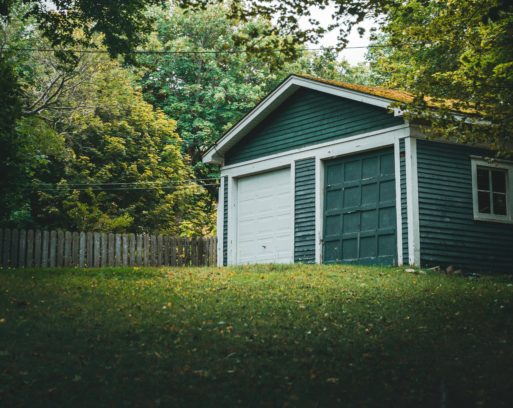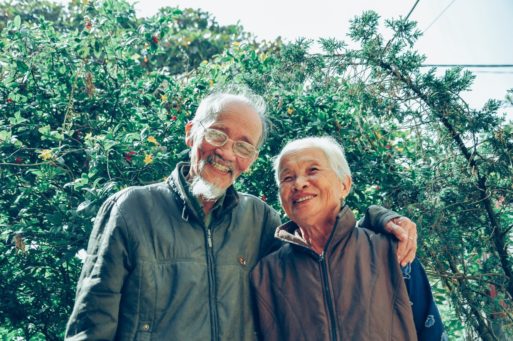
Some aging seniors convert garages into small apartments.
Cottages, basement studios and converted garages – all of these are examples of add-on living spaces known as accessory dwelling units. Commonly, they’ve been used to house young adult children or set up a home office. But as housing prices continue to rise and the Baby Boomer generation ages, they are becoming an increasingly popular option for active active seniors seeking to age in place.
Often called “granny units” or “granny flats,” ADUs can range from free-standing buildings with multiple bedrooms to additions or modified structures. According to a 2018 survey by AARP, 31% of individuals 50 and older would consider building an accessory dwelling unit.
Creating a secondary living space is not legal everywhere – but some U.S. states have adjusted zoning and other laws to accommodate such measures. Changes to California law between 2017 and 2019 legalized ADUs; meanwhile, other areas, such as Rochester, New York, are implementing similar measures.

Seniors are finding innovative ways to age in place, such as ADUs.
Many experts look to ADUs as one solution to keep seniors at home, and families and communities together. “People love their communities and neighborhoods,” Shannon Guzman, senior strategic policy adviser at AARP, told AARP Magazine. “Moving to a more affordable location can take them away from the people and places that enrich their lives. We have to rethink housing and find better solutions, like ADUs.”
Often, marginalized individuals without extensive resources are most impacted by the potential costs of keeping their loved ones at home. “We have the cost conversation a lot with caregivers, particularly caregivers in underserved communities,” Dina Johnson, director of care and support at the Alzheimer’s Association of the Rochester/Finger Lakes region, told the Democrat & Chronicle. “There’s a balance of cost (of housing) and other measures that can allow my loved one to live in place, like 24-hour care.”
Typically, the units are popular with their senior residents, as well. “I love it,” 72-year old Janie Morisette told MarketWatch of her one-bedroom, above-garage apartment. “And when I am gone my daughter has a nice place for someone to rent.”

 Retiring? You Might Consider an Accessory Dwelling Unit
Retiring? You Might Consider an Accessory Dwelling Unit



 How to Comfort A Dying Loved One
How to Comfort A Dying Loved One
 Our Annual Seven Holiday Gifts for Someone Who Is Grieving, 2024 Edition
Our Annual Seven Holiday Gifts for Someone Who Is Grieving, 2024 Edition














